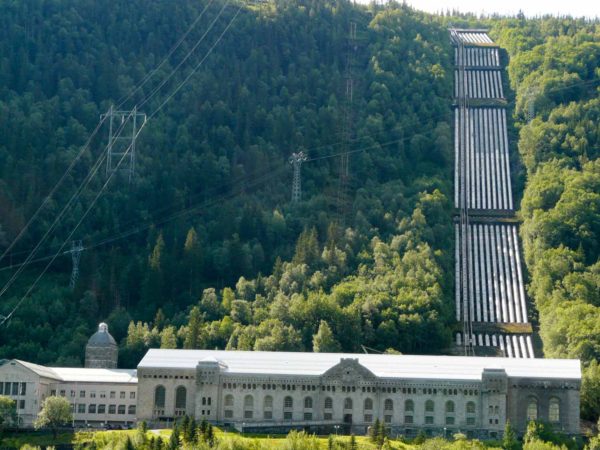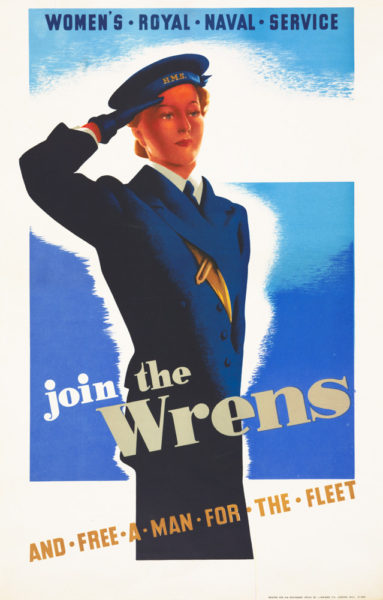Toward the end of World War II, Hitler and his generals were anxiously waiting for the “miracle weapons” to turn the tide of war in their favor. There were two new weapons that the Nazis had developed which ultimately proved ineffective: a jet fighter and the electro-U-boat. How close did they come to using them against the enemy? More than one thousand jet planes, the Messerschmitt Me 262, were produced and put into action by mid-1944. The Allied fighter planes were no match for the Me 262 in the air. However, very few of the jets ever left the ground. German oil refineries were destroyed thereby limiting the availability of jet fuel. Second, runways had to be extended to accommodate the jets. When they saw the altered runways, Allied bomber and attack plane pilots knew the jets were parked nearby and went out of their way to target them. So, most of the Me 262s were destroyed on the ground and the jets never had any significant impact on the course of the war. Grand Admiral Karl Dönitz (1891−1980) promised Hitler that 126 new electro-U-boats would be put out to sea to once again wreak havoc on British/American shipping lanes. Only two were ever launched and like the jet, never lived up to expectations.

The third “miracle weapon” and the one that worried Roosevelt and Churchill the most was the development of the German atomic bomb. After Frédéric and Irène Joliot-Curie wrote that atomic fission was possible and could be used to develop a powerful weapon, Hitler decided to begin his atomic weapons program in 1939. It needed two very important components to be successful: uranium and heavy water. The problem for the Nazis turned out to be heavy water was very scarce and hard to produce. That problem was soon solved after Germany invaded Norway on 9 April 1940. The Vemork Norsk Hydro plant near Rjukan, Norway was capable of producing heavy water. Read More Heavy Water

